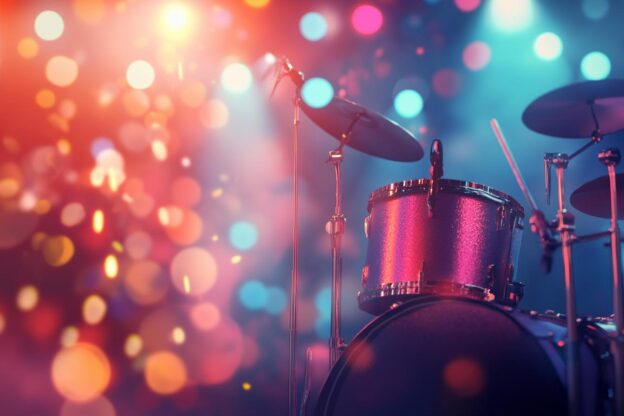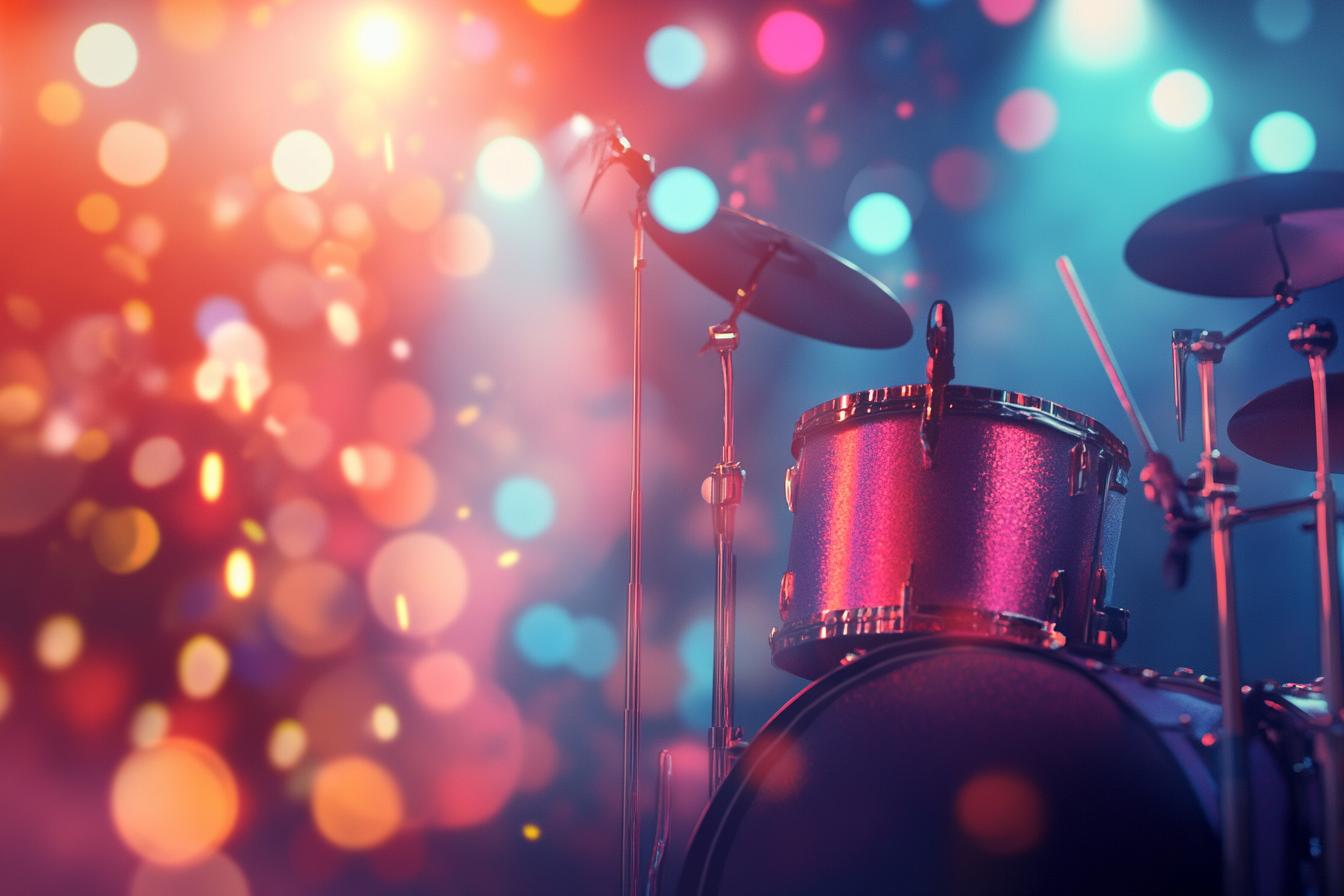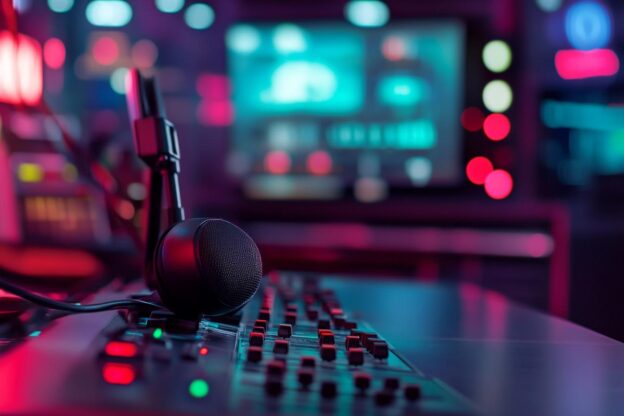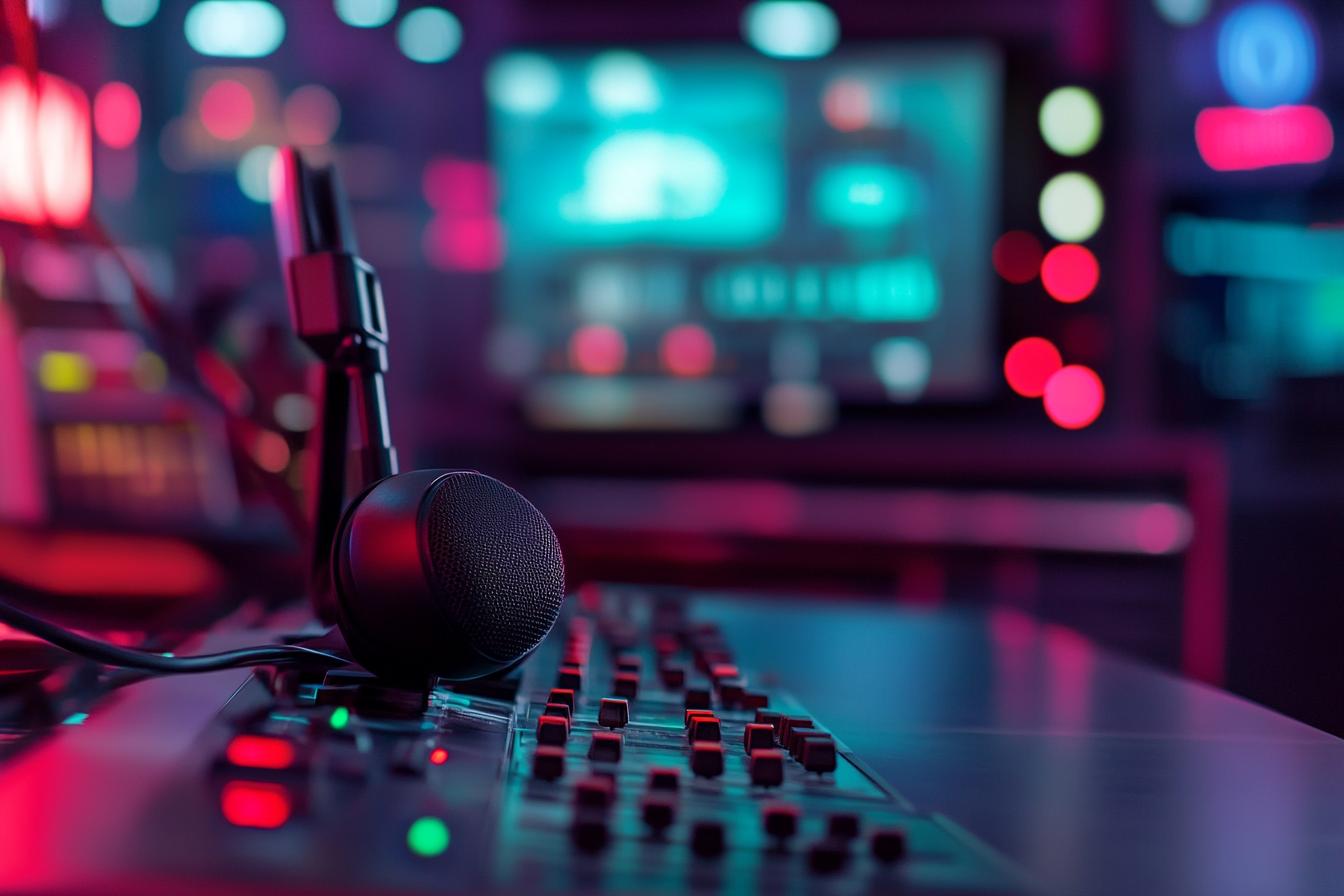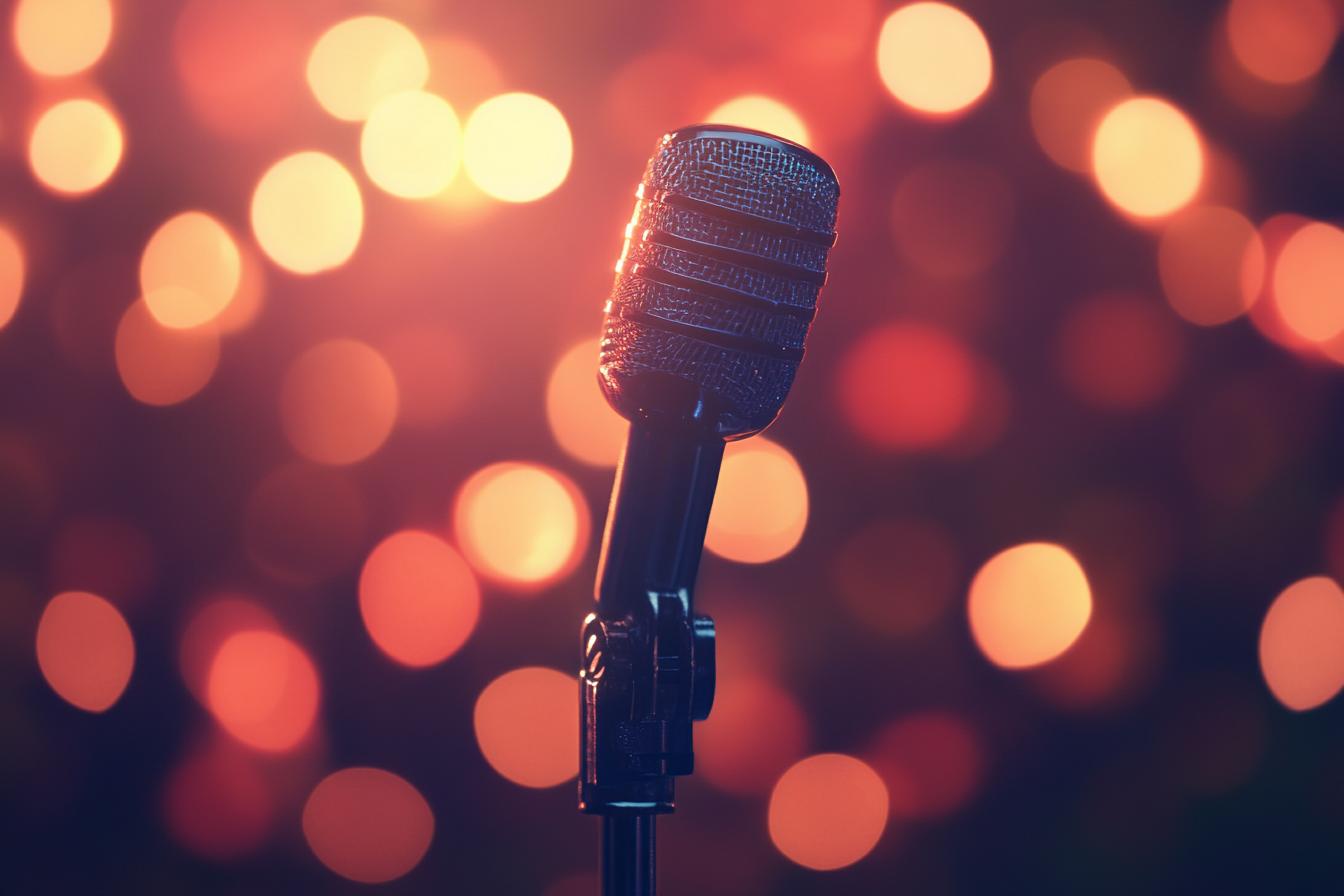Radio, a timeless medium, continues to evolve in the face of the digital age. While streaming services have taken a significant portion of the music listening market, radio remains a powerful force in shaping pop culture. This is particularly true for new artists, who often rely on radio play to gain exposure and build a following. The rise of satellite and internet radio has also created new opportunities for niche genres and independent artists to reach a wider audience. However, the traditional model of radio broadcasting is facing challenges, as listeners increasingly turn to on-demand streaming services. This raises a question: how can radio stations remain relevant in a world where music is readily available at our fingertips?
One way that radio stations are adapting is by embracing digital technology. Many now offer live streams and podcasts, providing listeners with a greater variety of content. Furthermore, radio stations are increasingly using social media to connect with listeners and promote upcoming events. For example, a popular local radio station recently held a contest on its Facebook page, offering listeners the chance to win tickets to a concert. This type of engagement helps to build a sense of community and fosters a deeper connection between listeners and the radio station. While the future of radio remains uncertain, its ability to adapt and innovate suggests that it will continue to play a vital role in the world of pop music.

Pop Music in the News
1. Pop Music in the News
Pop music constantly makes headlines, capturing the attention of millions worldwide. From chart-topping hits to controversial lyrics, the genre’s impact extends beyond the music itself. News outlets frequently cover the latest releases, award ceremonies, and the personal lives of popular artists. The rise of streaming platforms and social media has further amplified the reach of pop music, making it a constant source of discussion and debate.
Beyond entertainment, pop music often reflects social and political trends. Lyrics can address issues like love, heartbreak, and societal injustices, prompting conversations about important topics. The music industry itself faces scrutiny over issues like gender equality, mental health, and the role of technology. As a result, pop music news serves as a platform for dialogue, sparking conversations about culture, values, and the ever-evolving landscape of the music industry.
2. Celebrity News and Gossip
Celebrity news and gossip often intertwine with pop music, as stars’ personal lives and public personas become intertwined with their musical careers. Media outlets frequently report on artists’ relationships, personal struggles, and even fashion choices, often shaping public perception of their music. This constant stream of information can fuel fan engagement, generating buzz and excitement for new releases or upcoming tours. Gossip can also be a powerful tool for marketing, with artists strategically using their personal lives to gain attention and maintain a presence in the public eye.
While some fans enjoy keeping up with their favorite artists’ lives, others find the constant scrutiny intrusive and disrespectful. The line between genuine interest and excessive intrusion can be blurry, and the impact of gossip on an artist’s mental health and well-being is often overlooked. Despite these concerns, celebrity news and gossip remain a significant part of the pop music landscape, influencing how fans perceive and interact with their favorite artists.
3. Chart Performance and Awards
Chart performance is a major indicator of a song’s success. The Billboard Hot 100, a weekly chart that ranks the most popular songs in the United States, is a coveted goal for many artists. Climbing to the top of the chart can boost an artist’s profile and generate significant revenue. Beyond the United States, other countries have their own charts, providing a global view of musical trends. Furthermore, artists often compete for awards, such as the Grammy Awards, which recognize excellence in music across various genres. Winning a prestigious award can further elevate an artist’s status and solidify their place in musical history.
These awards and chart rankings often fuel conversation and debate within the music community. Fans eagerly follow their favorite artists’ progress on the charts and celebrate their achievements. Awards ceremonies generate excitement and draw large audiences, creating a sense of community and shared celebration. The pursuit of chart success and awards can drive innovation and creativity, pushing artists to experiment and explore new sounds to capture the attention of listeners and critics alike.
4. Music Industry Trends
The music industry is constantly evolving, with new trends emerging all the time. One of the most significant trends is the rise of streaming services. Streaming services like Spotify and Apple Music have revolutionized how people consume music, offering a vast library of songs at a low monthly cost. This has led to a decline in physical album sales, but it has also opened up new avenues for artists to reach their fans. Another notable trend is the increasing popularity of independent artists. With the rise of online platforms like Bandcamp and SoundCloud, independent artists can now bypass traditional record labels and release their music directly to fans. This has given rise to a new wave of creativity and innovation in the music industry.
In addition to streaming and independent music, social media plays a crucial role in shaping the music industry. Platforms like TikTok and Instagram have become powerful tools for artists to promote their music and connect with fans. Viral trends on these platforms can launch unknown artists to stardom overnight. The music industry is also embracing new technologies, such as artificial intelligence (AI) and virtual reality (VR), to enhance the listening experience. AI is being used to personalize music recommendations and create new music, while VR is being used to create immersive concert experiences. These trends are reshaping the music landscape and creating exciting possibilities for artists, fans, and the industry as a whole.
5. Social and Political Commentary
Pop music has long served as a platform for social and political commentary, allowing artists to express their views and connect with audiences on a deeper level. Musicians use their music to address issues like inequality, injustice, and environmental concerns, often sparking conversations and inspiring change. This can take many forms, from lyrics that explicitly call out societal problems to music videos that visually depict important messages. For example, songs that highlight the struggles of marginalized communities can raise awareness and foster empathy, while anthems that champion social justice can empower listeners and encourage activism.
Beyond addressing specific issues, pop music also reflects the political climate and social trends of the time. The music industry often responds to major events and shifts in public opinion, resulting in songs that capture the collective mood and anxieties of society. This can be seen in the rise of protest songs during periods of political unrest or in the emergence of genres that reflect cultural shifts and evolving social norms. By reflecting the complexities of the world around them, pop artists not only entertain but also provide a powerful lens through which to understand contemporary social and political realities.
6. Music Video Releases and Promotion
Music videos remain a crucial element in the promotion of pop music. Artists carefully plan the release of their videos, often coordinating with other marketing efforts like social media campaigns and radio play. The video’s aesthetic, storyline, and overall message all play a role in capturing the audience’s attention and creating a memorable experience. Furthermore, artists leverage various platforms to distribute their videos, including YouTube, Vevo, and social media. These platforms allow for immediate global reach and engagement with fans.
The release of a music video often generates buzz and anticipation. Artists might tease snippets or behind-the-scenes footage on social media, building excitement for the official release. Once the video is released, fans eagerly share it across their networks, further amplifying the reach. These promotional strategies are crucial for pop artists to maintain their presence in the ever-evolving landscape of popular music.
Conclusions
So there you have it! Radio stations aren’t just about blasting tunes anymore. They’re diving into the world of pop music news, dishing on celebrity gossip, and keeping you updated on all the latest chart-toppers and award winners. You’ll also hear about big industry trends, get some social and political commentary, and even learn about the hottest music videos and how artists are promoting their work. It’s a full package!
Radio stations are like your backstage pass to the pop music world, giving you a peek behind the curtain and keeping you in the loop on everything that’s happening. So tune in, listen up, and get ready to be entertained!





